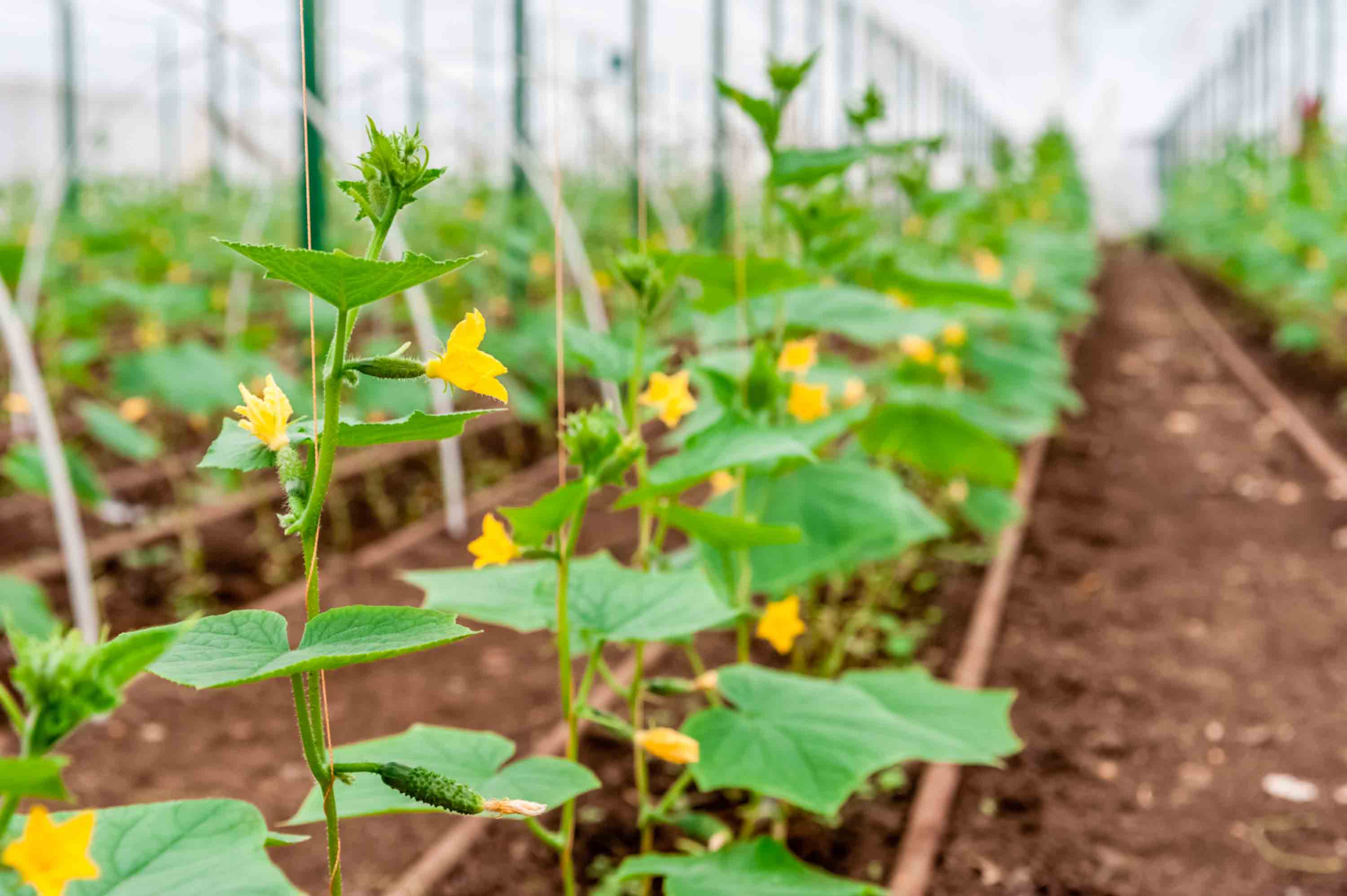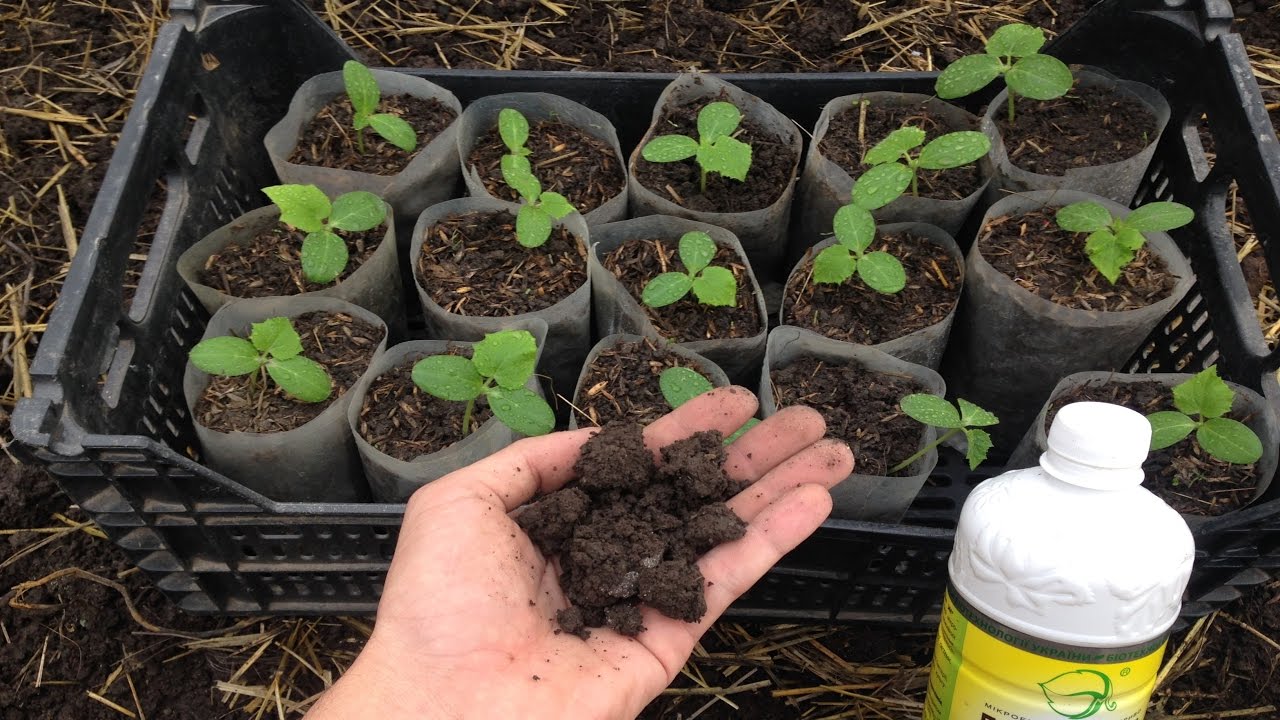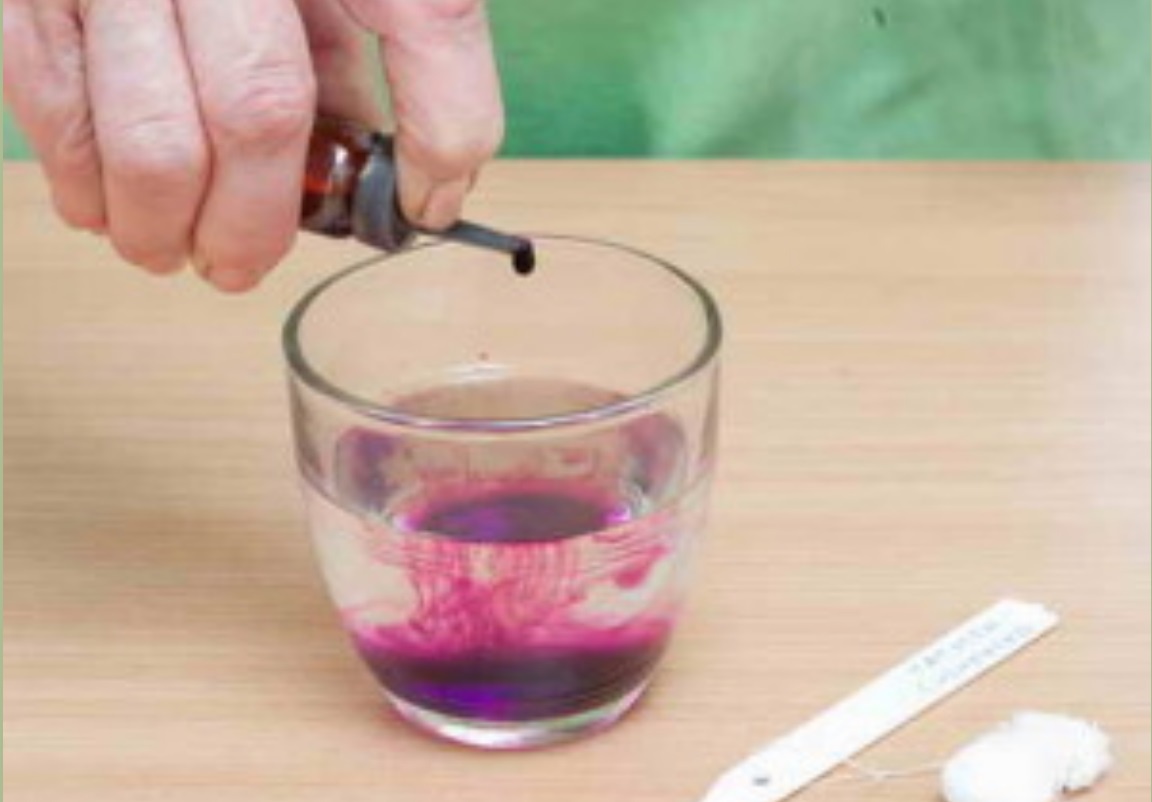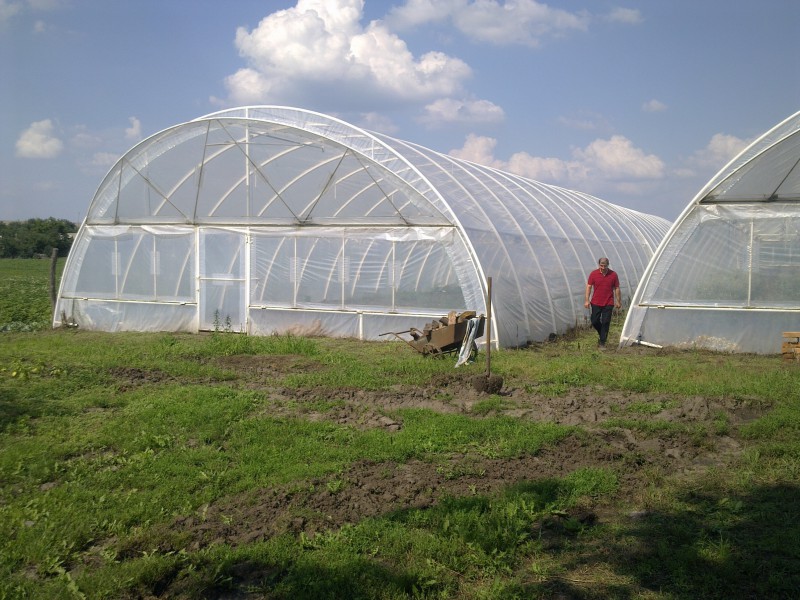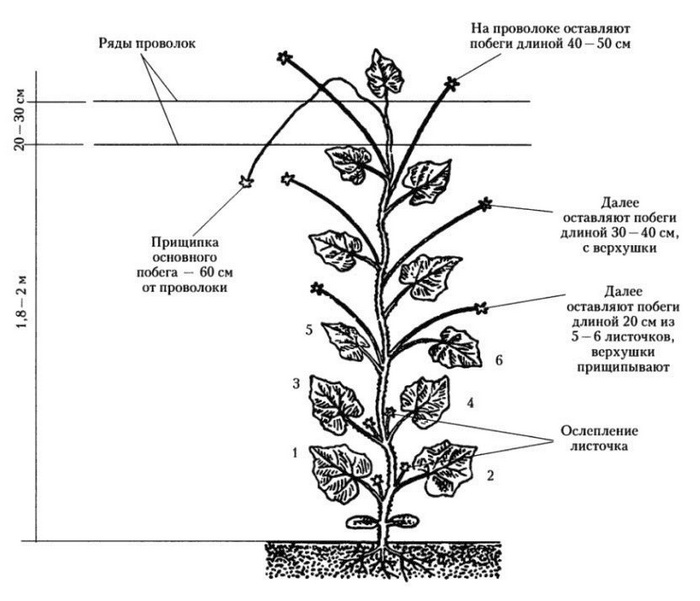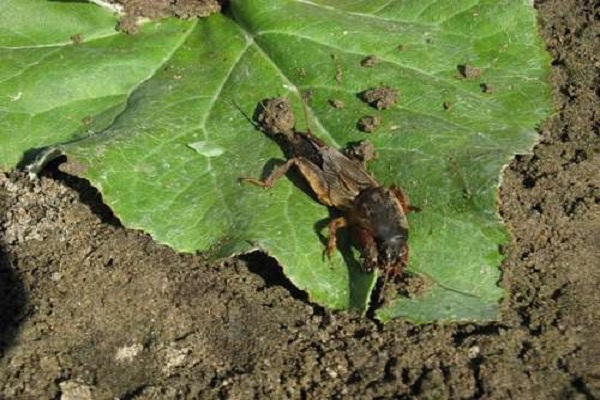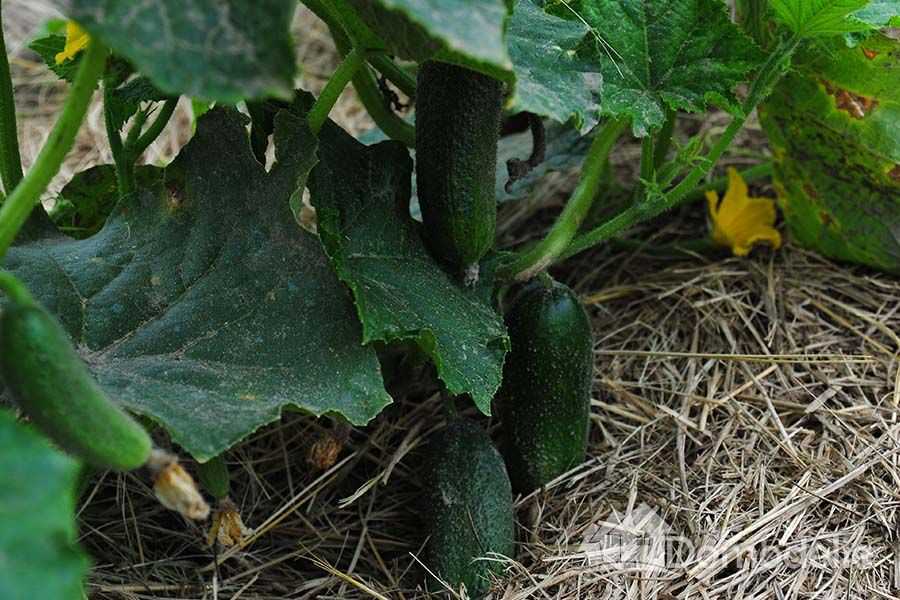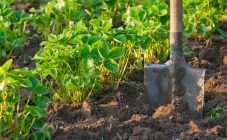Content:
Cucumbers are crops that are extremely demanding on the level of soil fertility. Therefore, before planting seedlings in the ground, it is necessary to carefully prepare the ground. Fertile, breathable soil for cucumbers in a greenhouse is one of the conditions for a rich harvest.
Land preparation
The preparation of the soil in the greenhouse for cucumbers in the spring is carried out in several stages. It must meet certain requirements:
- good air permeability and moisture absorption.
- The fertility of the soil should be as high as possible.
If you plan to additionally add a complex of nutrients to the ground, the soil for cucumbers can be made from the following components:
- peat - 50%;
- humus - 30%;
- field soil - 20%.
Such a composition will have a positive effect on the yield of cucumbers.
When preparing the soil for planting cucumbers, experienced gardeners recommend adhering to this technology:
- Clean up all plant residues and debris.
- Dig up the ground 25 - 30 days before planting the cucumbers.
- Prepare biomass.
- Form the beds.
- Plant seedlings.
- Cover the top of the soil with a layer of humus.
- Pour warm water over the soil.
If the land for cucumbers is prepared correctly, the seedlings will quickly take root, the plants will be strong and strong.
Features of preparatory work
Many gardeners have a question, what kind of soil do cucumbers like? Experts believe that sandy loam and loamy soils are the best option. Highly acidic or heavy soils are practically unsuitable for cucumbers.
To determine if the soil is suitable for cucumbers, you first need to determine its acidity index. Ideally, under the cucumbers it is necessary to use soil with an acidity level equal to 7. Both low and high pH have a negative impact on the growth and development of seedlings.
To correctly determine the acidity of the soil, it is better to contact a special laboratory. Here, using special equipment (Alyamovsky's device), you can determine the acidity of the soil as accurately as possible.
If it is not possible to use the services of a laboratory, you can try to determine the pH level yourself, focusing on the weeds that grow on the site. For example, if woodlice, heather, horsetail or sorrel grow on the site, this indicates that the soil acidity level in this area is close to 7. If the site is dominated by clover, bindweed or chamomile, this means that the soil is neutral alkaline.
You can reduce the acidity of the soil by using lime. This method is considered effective and inexpensive by gardeners.
When planting cucumber seedlings in a polycarbonate greenhouse, not only the composition of the soil is important, but also the temperature and humidity. Indoor air temperature should be within 22 - 29 degrees.
Before starting sowing work, the soil should be disinfected. For this, a weak solution of potassium permanganate is used, which is carefully watered on the topsoil. The top 20 cm of soil must be removed before processing.
As a rule, spring greenhouses made of polycarbonate or film are used for planting seedlings. If glass greenhouses are used for planting, growers prefer biofuels. When using hot biofuel, it is recommended to place it in a greenhouse with a layer of 25 - 30 cm. After that, it is recommended to sprinkle the top layer of soil with ash at the rate of 5 kg per 1 m2. The land is now covered with plastic wrap. As a result, it will be possible to remove ammonia and gases from the manure that have a negative effect on the growth and development of plants.
The garden bed should be in this state for 2 - 3 days.
Experienced gardeners often use rotted fallen leaves, which also contributes to an increase in the amount of harvest. It is not added to the soil itself, but poured onto the bottom of each hole. At the same time, the thickness of the layer reaches 15 cm. To enrich the soil, ammonium nitrate (30 mg / 1m2) or potassium sulfate (50 mg / 1m2) can be added to it.
Now the soil is completely ready for growing cucumbers on it in a greenhouse.
Fertilizer use
It is not enough to know what kind of soil cucumbers love, it must be fertilized. Fresh manure is considered the ideal fertilizer for this crop. If you can't get it, you can use other components:
- thin tree or spruce branches;
- hay;
- crushed reeds;
- seaweed;
- sawdust;
- tree bark;
- urea;
- lime, etc.
All components are introduced in a specific sequence, depending on the composition of the soil on the site.
Ideally, the soil for seedlings of cucumbers should resemble a layer cake, which consists of the following components: sawdust of needles, humus, peat, sawdust, manure, black soil. All layers are laid out in even layers. Such a soil composition for cucumbers will provide them with all the necessary elements.
How to prepare the soil for planting cucumbers
At the end of autumn, the site is dug up. It is recommended to duplicate the digging in the spring. Manure and fertilizers are applied to the soil. For 1m2 of soil, 1 liter of manure dissolved in water is used.
Do not forget about the use of mineral fertilizers, which are applied in the spring. You can enhance the effect of feeding by introducing them not at a time, but with a short interval. After that, experienced gardeners recommend cultivating and compacting with a light roller.
The best predecessors for growing cucumbers are:
- bow,
- potatoes,
- tomatoes,
- cabbage.
If we talk about plants, after which it is not recommended to grow cucumbers, these include:
- watermelon,
- potatoes,
- melon,
- squash.
These plants deplete the soil, making it poor and infertile.
Planting cucumbers in the beds
Cucumbers can be grown both as seedlings and non-seedlings. When choosing seeds, you need to check for germination: place for 20 - 30 minutes in a container with warm water. Suitable seeds will sink to the bottom, and unusable seeds will float to the surface. They need to be taken away and thrown away.
After that, suitable seeds require disinfection. For this, a weak solution of potassium permanganate is used. In it, the seeds must be soaked for 20-40 minutes.
Now you can start germinating your seeds. To do this, they are evenly distributed on a damp cloth and covered with gauze on top. Moisten the gauze as needed. The seeds should be kept in a warm place for 2-3 days.
During this time, you can prepare the soil for growing seedlings and containers.
The cups are filled with a mixture of soil, which consists of peat, soil from the garden bed and wood ash.
Swollen seeds are deepened into the soil by 1-1.5 cm. The surface of the soil must be watered with warm water. The containers must be covered with a transparent plastic wrap and removed to a room where the air temperature will be at least 28 degrees. Thanks to this technique, it will be possible to create greenhouse conditions for seedlings.
After the first shoots appear, the film can be removed, and the containers can be transferred to a room where the air temperature is slightly lower (23 - 25 degrees). As the top layer of soil in the cups dries out, it should be watered moderately with warm water. The best place to place seedlings is a well-lit windowsill.
After the first 2-3 leaves are formed on the plants, they need to be hardened. For this, the seedlings are transferred to the balcony for a few minutes. Every day, the hardening time is gradually increasing and is brought to 5-6 hours.
Seedlings are planted in holes previously watered with hot water. Planting depth - within 3-5 cm. The distance between the holes is 50-60 cm. Only in this case, adult plants will not interfere with each other.
After planting seedlings, it is recommended to cover the plot of land with covering material. In this state, the beds should be left for 3-5 days. This is necessary in order to give the seedlings time to take root, to get stronger. After this time, the cover can be removed. After that, the seedlings need regular care: watering, fertilizing, loosening the soil and garter.
There is a misconception that a good harvest of cucumbers cannot be obtained on sandy soils. The main property of sand is that it is able to perfectly pass water. If there is a lot of sand in the soil, this property can harm the cucumbers. Useful components are washed out of the sand together with water. To feed the soil, fertilizers are introduced into it gradually (every 2 weeks). As a top dressing, you can use mineral fertilizers, which are quickly and easily absorbed by plants.
When using this type of dressing and on sandy soils, it will be possible to get an excellent harvest of cucumbers.
Growing cucumbers in a greenhouse or open field requires adherence to certain rules and a sequence of actions. For patience and hard work, the culture will thank you with a generous harvest of crispy greens.
